What is a low bay light
A low bay LED light is an industrial or commercial ceiling light designed for use in buildings where the mounting height is less than 6.1 meters (20 feet) or the application requires a spacing-to-mounting height ratio greater than 1.5. Luminaires designed to provide general or area illumination in industrial and commercial facilities are classified relative to their installation heights.
The term “low bay” was created to correspond to its counterpart “high bay” which refers to the high ceiling construction of an industrial building. Industrial buildings typically have a skeletal framework that forms an interior subspace called a “bay”. The “bay” is now used broadly to mean any large interior space. High bay luminaires, therefore, are those used in applications where mounting heights that are 20 feet or higher. However, the mounting height is not a rigid rule for classification of bay lights. It is not uncommon to see low bay facilities are illuminated by high bay lights, and vice versa.
While surface mounted ceiling lights and recessed troffers and downlights are also installed in spaces that have a low clear height, these luminaires are generally used in office and retail environments that usually have strict size and space constraints. Low bay lights, on the other hand, are used in applications that have more lenient requirements for fixture size, form factor, aesthetics, color quality and glare control, but place higher demands on the reliability, durability, light output and efficiency of the light fixtures.
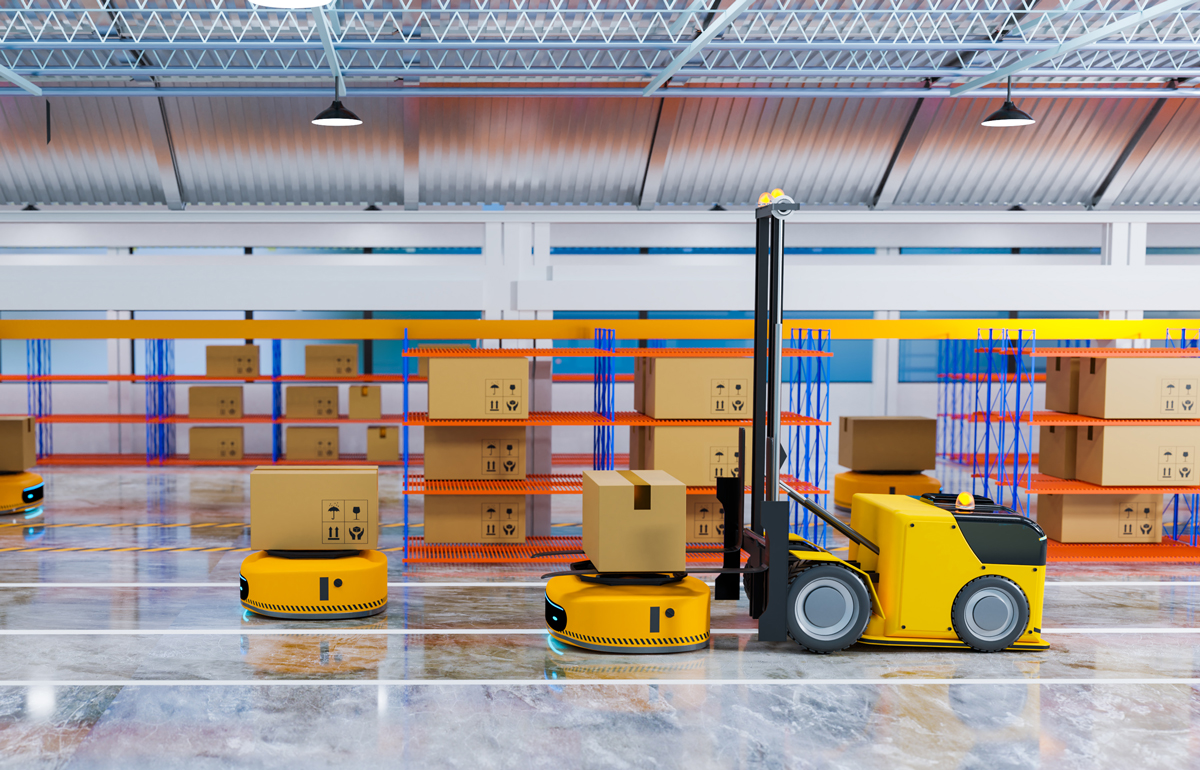
Applications, form factors, light distribution characteristics
Low bay lights are the workhorses of general/area lighting in a diversity of industrial and commercial environments that include warehouses, distribution centers, light industrial buildings, food processing facilities, grocery and retail stores, auto showrooms, mechanic shops, parking garages, etc.
The majority of low bay lights are direct lighting systems that direct 90% to 100% of their lumen output downward. These luminaires produce light distributions ranging from widespread (wide) to highly concentrated (narrow). Low bay lights are also available as semi-direct lighting systems that distribute 60% to 90% of the emitted light downward toward the horizontal work plane and the balance upward, general diffuse lighting systems that distribute 40% to 60% of the emitted light downward and the balance upward and have unrestricted light output near horizontal directions, or semi-indirect lighting systems that distribute 60% to 90% of the emitted light upward toward the ceiling and the balance downward.
These lighting systems are manufactured in a variety of forms and types with differences arising from the different needs of each application. They come in linear, square, rectangular or round forms and may exist under the names of vapor tight (tri-proof) lights, shop lights, warehouse lights, and parking garage lights.
Legacy lighting technologies
Low bay lighting had been an application served by fluorescent lamps and high-intensity discharge (HID) lamps which were primarily metal halide lamps. The use of fluorescent and HID lamps, however, is controversial for several reasons.
Despite having a decent source efficacy when compared with incandescent lamps, fluorescent and HID lamps are losing their competency in complying with the ever-changing energy codes. These light sources have a poor utilization efficiency due to their omni-directional light pattern. Utilization efficiency is the measure of the contribution of the luminaire housing and optics to overall light loss. When an HID or fluorescent lamp is installed in a light fixture, only around 70 percent of its luminous flux is delivered to the target. Also, not all of the extracted light is effectively used. A significant amount of the light emanating from an HID light fixture lands directly below the fixture and creates a hot spot resulting in excess illumination and wasted light.
Because HID lamps require an extended warm-up/restrike period and both fluorescent and HID lamps cannot endure fast with frequent on/off switching, it’s impractical to optimize the energy consumption of fluorescent and HID low bay lights for further energy savings through adaptive lighting.
A number of other concerns are related to traditional low bay lighting. Fluorescent fixtures are challenged by cold weather operation. Metal halide lamps which operate at high pressures and high temperatures are prone to risk of explosion and fire hazards. Fluorescent and HID lamps are fragile when mechanical shocks or vibrations occur. The heavy-metal mercury in fluorescent and HID lamps poses an environmental threat.
A rainbow of exciting possibilities with LED lighting
Today, the industry is witnessing a rapid growth in LED products for low bay lighting applications. Through electroluminescence and photoluminescence that occur within a semiconductor package, LEDs are very efficient at producing white light with luminous efficacies exceeding 200 lm/W. While light source efficacy is an important indicator of the energy efficiency of lighting system, the use of optical systems to manipulate light distributions will inevitably reduce the total amount of emitted light.
Due to the directional nature of their light emission, LEDs have a significantly higher utilization efficiency than that of traditional light sources. While much of the light produced by the fluorescent or HID lamp is lost before it exits the fixture, a low bay LED light that is equipped with precision engineered compound lenses can have an optical efficiency greater than 90%. The hot spots that are visible under the HID low bay lights force adaptation of the eye when looking from brighter to darker areas. In contrast, LED low bay lights that use multi-LED light engines are capable of delivering high uniformity illuminance to the lighting application. Uniform illumination is a major contributor to the safety, comfort and performance of people working in a low bay facility.
LEDs are instant-on, fully dimmable and switching-friendly devices, which allows lighting to be integrated with sensing, intelligence and networking. The integrated approach to lighting control can multiply the energy-efficiency benefits of LED-based lighting systems and create a comfortable and engaging work environment. The digital nature of LED technology allows low bay lighting systems to become a part of building automation systems and participate in the Internet of Things (IoT).
The reliability and durability of LEDs offer the opportunity to build lighting systems that can survive and thrive even in the harshest conditions. Reduced maintenance costs from the use of these low bay lighting systems with their extended lifespans are another killer advantage of switching to LED lighting.
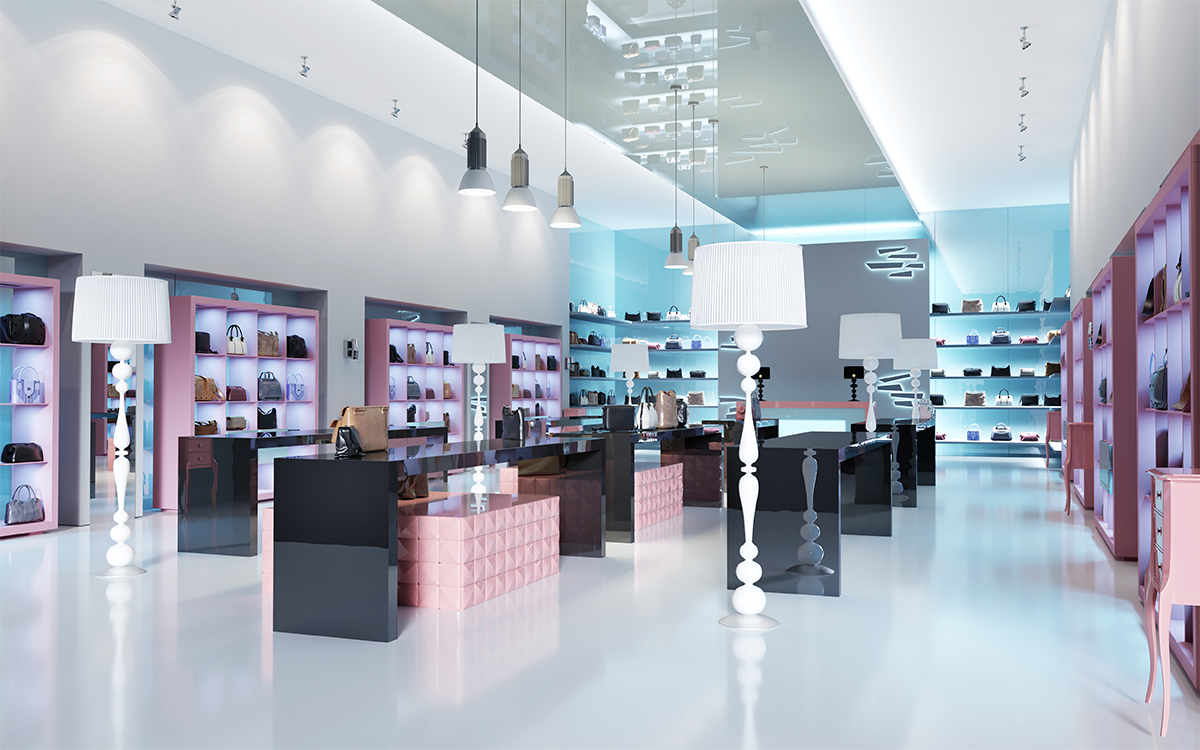
Design concept
Low bay LED lights typically emit between 5,000 and 20,000 lumens per luminaire. The construction of high-lumen-output low bay LED lights is often similar to that of high bay LED lights. Some low-lumen-output systems may use nonmetallic housings to reduce costs or resist corrosion. Despite their reputation for reliability and durability as solid state semiconductor emitters, LEDs have their own failure mechanisms, which can be electrical, mechanical or thermal in nature. The principal functions of a low bay LED system are to control the distribution of emitted light and to ensure that the LEDs perform to specification upon environmental or operational stresses.
The physical appearance of low bay LED lights can vary widely. The form factor and size of a low bay LED light are dictated primarily by the light distribution, lumen output and installation requirements. However, since LEDs have excellent optical controllability thanks to their directional output and small sizes, very different looking LED fixtures can have the same or similar photometric performance, and vice versa. The fixture aesthetic is not a design priority for industrial applications, but commercial and retail spaces often have a strong need for low bay fixtures that provide the proper balance of form and function.
Regardless of the types of low bay LED lighting systems, high operating efficiency and long operating lifetimes are two top priorities that enter into design and specification decisions for low bay lighting. The system efficacy of a low bay LED light is the cumulative efficiency of its light sources, driver and optics. The reliability and lifespan of the LED luminaire are interdependent upon the electrical, thermal, and mechanical systems applied.
System integration and color characteristics
A low bay LED light is usually an integrated system in which the LEDs operate directly on the electrical, thermal, and mechanical interfaces of the luminaire, as opposed to the lamp-based system which is configured to accept retrofit LED bulbs or LED tubes. An assembly of mid-power, high power or CSP LEDs on a metal core printed circuit board (MCPCB) forms the light emitting surface (LES) of the luminaire that ensures uniform illumination over a defined area. COB LEDs are less commonly used in low bay LED systems as the small LES of the single-source light engine makes it challenging to spread uniform illuminance over a wide area.
Mid-power LEDs, which are built on the PLCC package platform, are the usual choice of the light source because of their lower costs and higher efficacies. However, the tradeoff of using these types of LEDs is the limited useful life, especially when they’re exposed to high operating temperatures.
Typical correlated color temperatures (CCTs) for low bay lighting applications are between 4000K and 5500K. LEDs with a higher CCT generally have more of the short wavelengths of visible light than those with a lower CCT. A higher percentage of short wavelength blue light not only contributes to a higher luminous efficacy of the light source but can also be more effective in causing the body to simulate a daytime physiological response, which improves concentration and efficiency in workplaces.
The requirement of the color rendering performance varies widely throughout commercial and industrial facilities. The color rendering index (CRI) of low bay lights falls in the 70-80 range. Applications where color comparison or color discrimination is important or even critical demand a light source with a higher CRI or a spectral power distribution (SPD) specifically formulated for a visual task.
Thermal management
The ability to effectively dissipate the waste heat generated at the LED junction has been challenging the design of low bay LED lights. An inadequately engineered thermal management system will cause overheating of the LEDs, resulting in performance degradation (accelerated lumen depreciation) and shortened service life. The heat flux must be extracted out of the LED package and transferred to the ambient air through all the elements that make up the thermal path. A robust thermal path calls for formation of higher reliability, high operating temperature capable solder joints or interconnects, and the use of a low thermal resistance MCPCB, a thermal interface material (TIM), and a heat sink.
The heat sink is the most influential part of the thermal path. It is fabricated from a high thermal conductivity material so as to conduct heat away efficiently. The heat sink must also have a large surface area so that the heat can be carried off to the environment through convection and radiation. The manufacturing method that will be used is an important aspect of heat sink design. Heat sinks are generally fabricated from aluminum using processes such as casting, extrusion, forging and machining. Passive cooling is a logical first choice when sufficient heat exchange can be facilitated by the thermodynamics of conduction and convection. When there’re space constraints to the heat sink design, forced convection or active cooling, which uses a fan or blower to provide additional cooling capacity, is the last resort to achieve the desired thermal resistance.
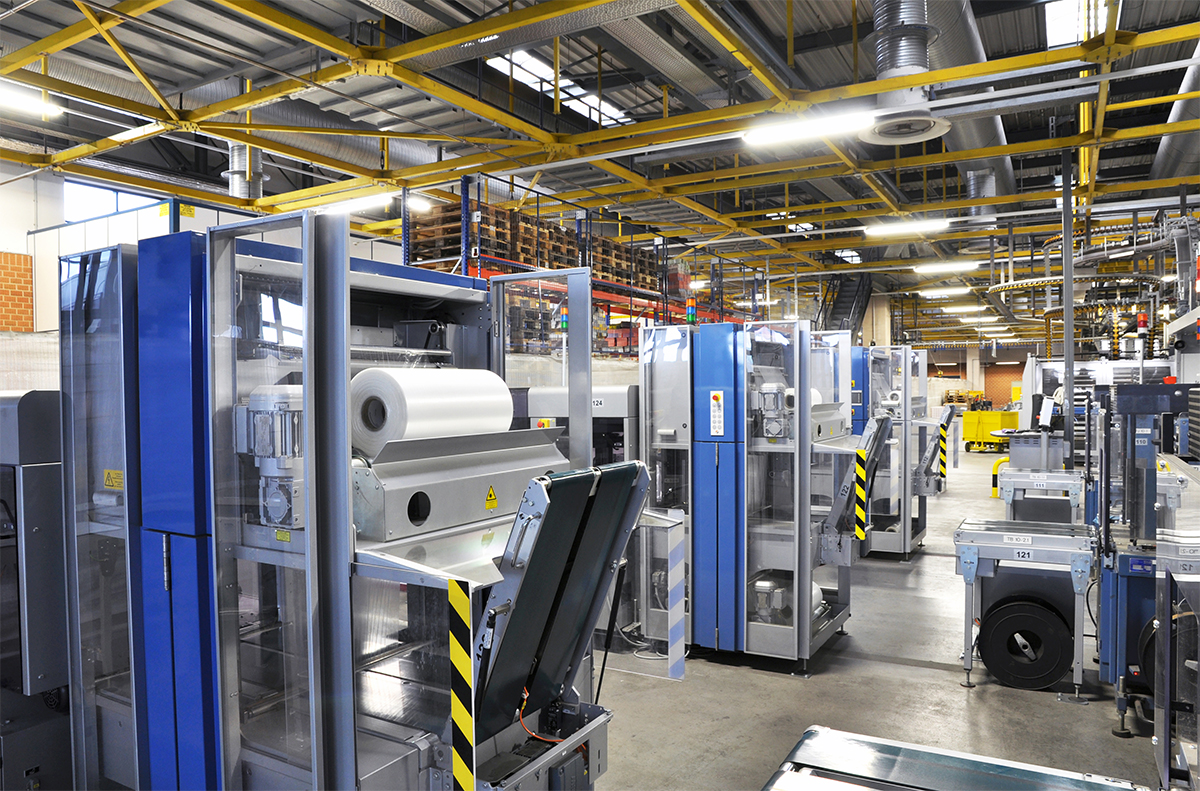
LED driving and dimming
A low bay LED light is equipped with an LED driver which provides constant currents to operate the array of LEDs. The driver rectifies an AC sinusoidal input voltage into DC power which is then fed to a power factor correction (PFC) circuit. The PFC circuit maintains a high power factor (PF) while suppressing the harmonic current. Through a switch mode power supply (SMPS), the PF-corrected high voltage DC power is converted to a predetermined magnitude of DC power that can be used to drive the LEDs.
Single stage LED drivers combine functions of power factor correction and DC-DC converter in one circuit whereas two stage LED drivers use two separate circuits. While single-stage drivers are cost-competitive due their less complex design, they face challenges such as high EMI signatures, incomplete ripple filtering, limited dimming ranges, narrow operating voltages, and the high cost of surge protection components. The two-stage design can overcome these problems, although the additional circuit can add to the complexity and overall cost of the LED driver. Two-stage LED drivers are the dominant choice for low bay LED lights that operate at electrical power of 100 watts or higher.
Operating an LED driver in a constant-current mode requires overvoltage protection. Integrated smart thermal protection, along with protection from other abnormal operating conditions, contributes to a longer LED lifetime. Dimming is frequently used to control the light output of low bay lights. LED drivers may incorporate CCR and/or PWM dimming circuitry to switch or dim LEDs through a variety of communication protocols, such as 0-10V, DALI, Bluetooth Mesh, and ZigBee. Additional features, such as occupancy sensing, daylight harvesting, and time control can be added to the control system to optimize the energy usage.
Glare control
Low mounting heights dictate that low bay lights should have excellent glare control and wide, uniform light distribution. Due to their very high directional intensity, LEDs can produce luminance, or luminance ratios, that is excessively high in relation to the state of adaptation. The consequence is often a sensation of irritation or pain (discomfort glare). The discomfort glare is controlled by using diffusive or refractive lenses, or by raising the glare sources above the line of sight.
Low bay LED lights may be fitted with an opal diffuser, prismatic refractor or specular or diffused reflector, which provides optical control for the entire LED array. Control of light distribution can also be achieved via specialized secondary optics, such as TIR lenses. These optics are designed and installed in such a way that the luminous flux from every LEDs is individually captured, regulated, and distributed. Very high optical efficiencies can be obtained with these package-level optics.
Ingress and corrosion protection
Due consideration should be given to the behavior of the LED luminaire under environmental extremes such as water spray, moisture, or dust. Also, low bay lights may be used in corrosion-prone environments. A sealed construction and corrosion protection of the exposed metal surface should be provided for a hostile operating environment.

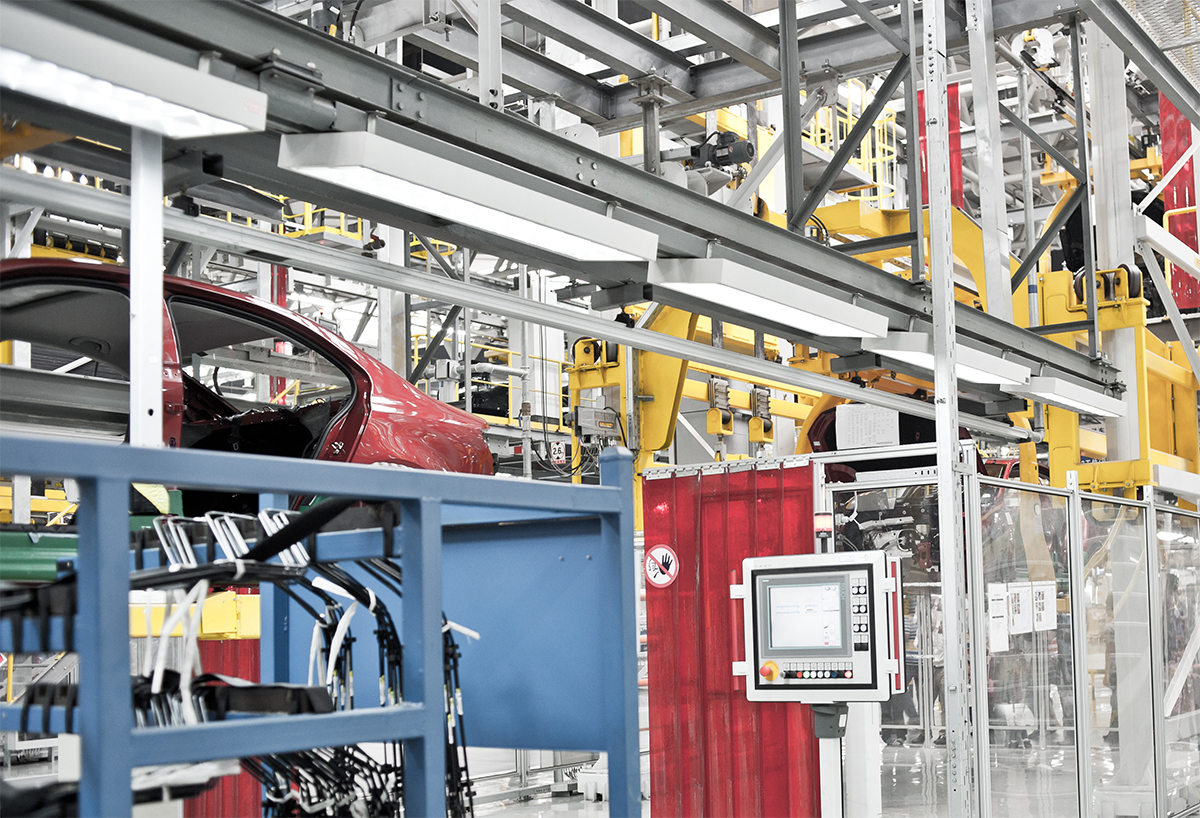
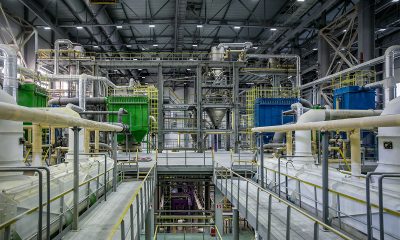
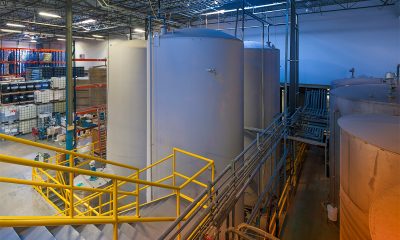
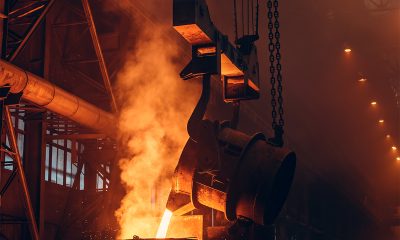

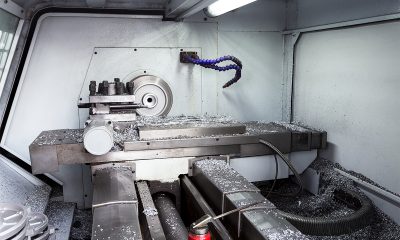
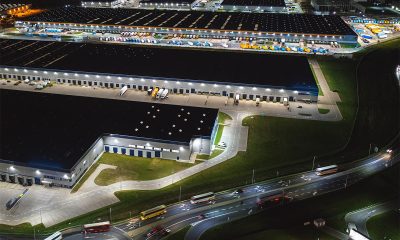
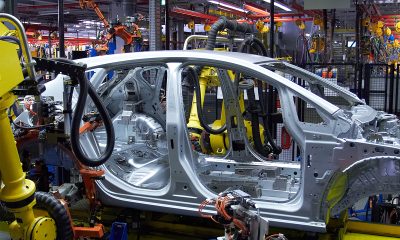

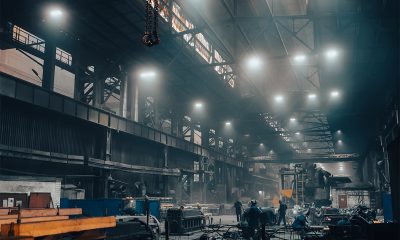
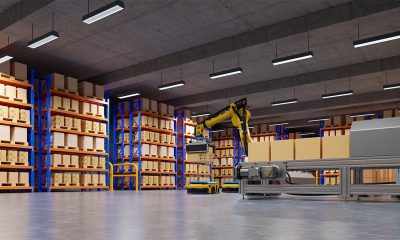
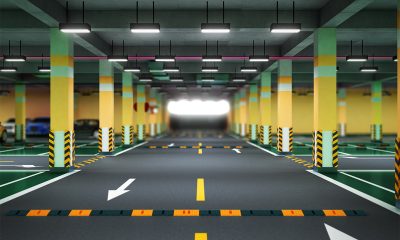
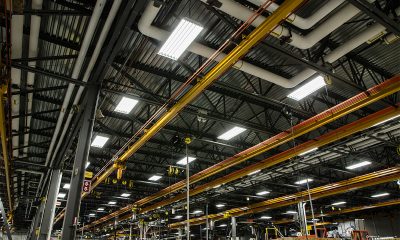





Loading...
New member